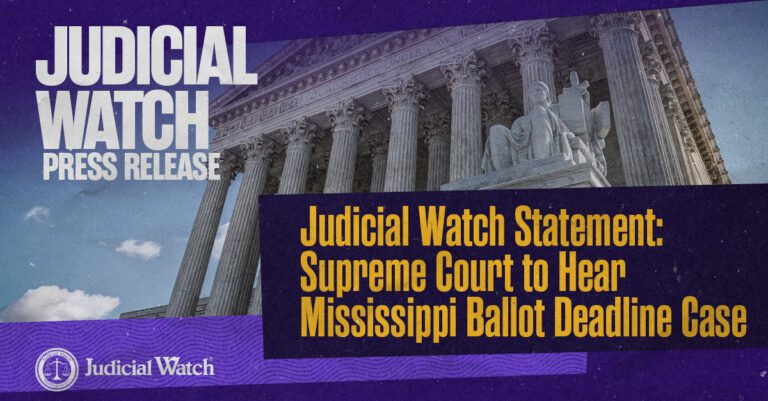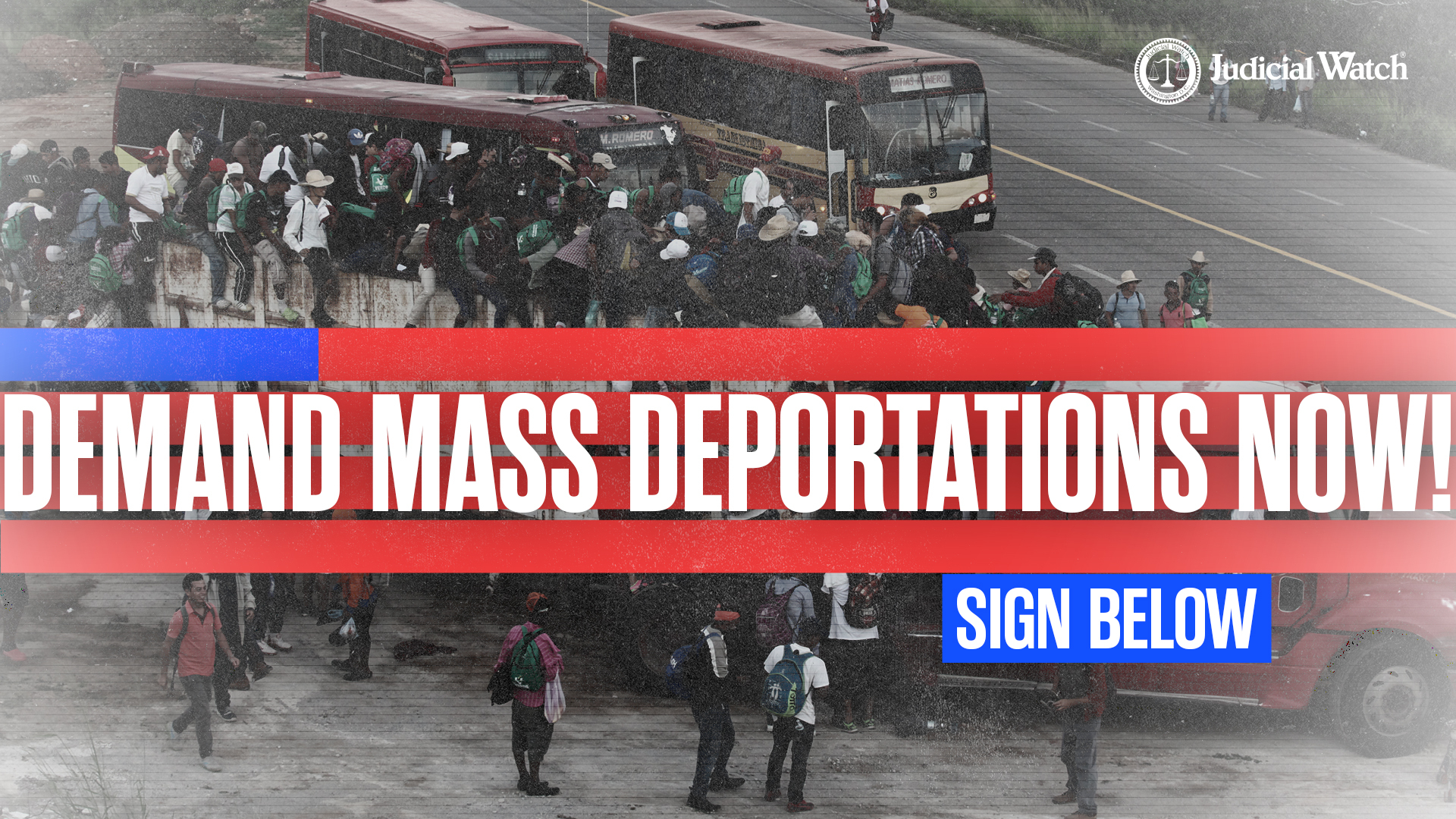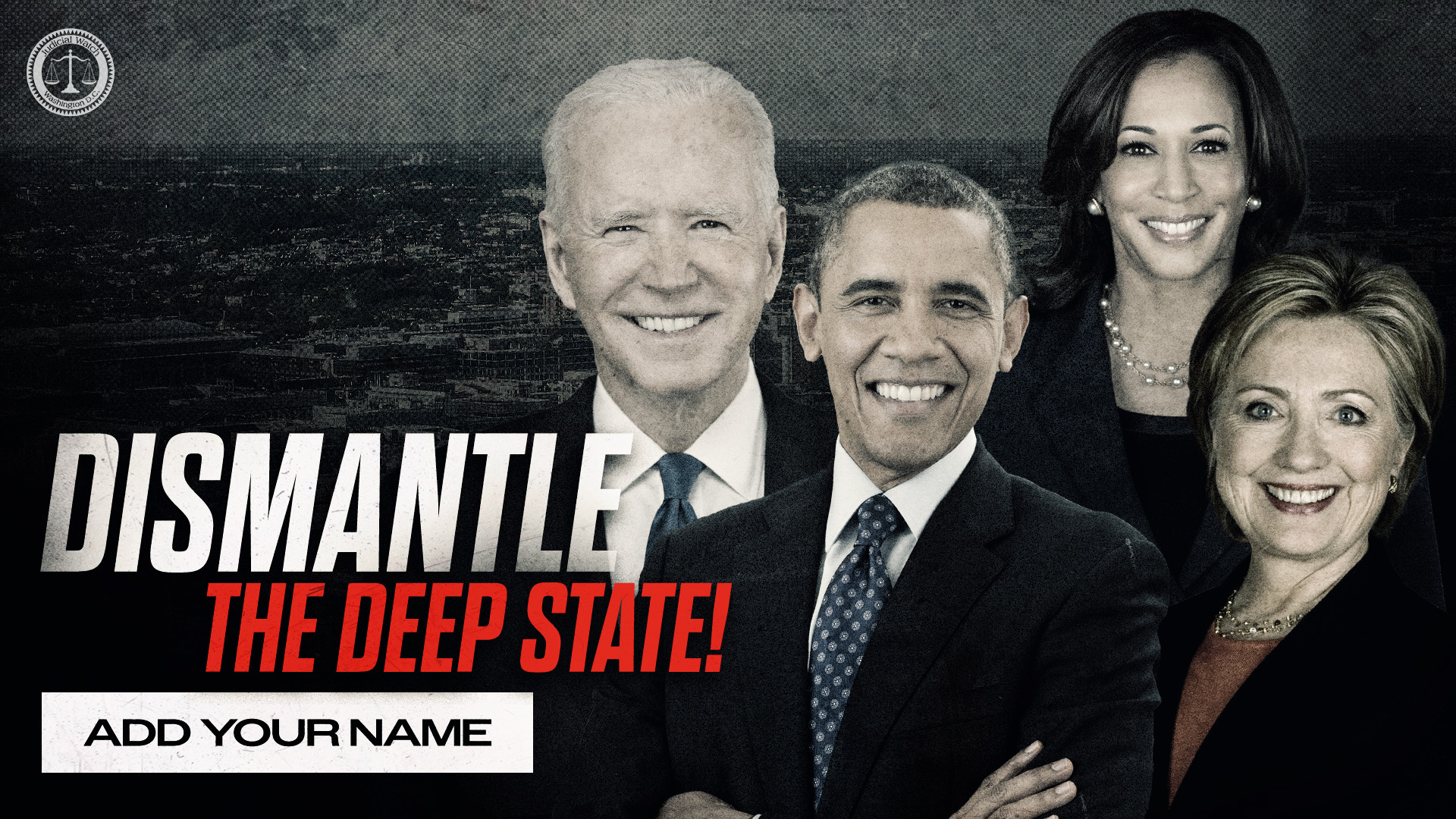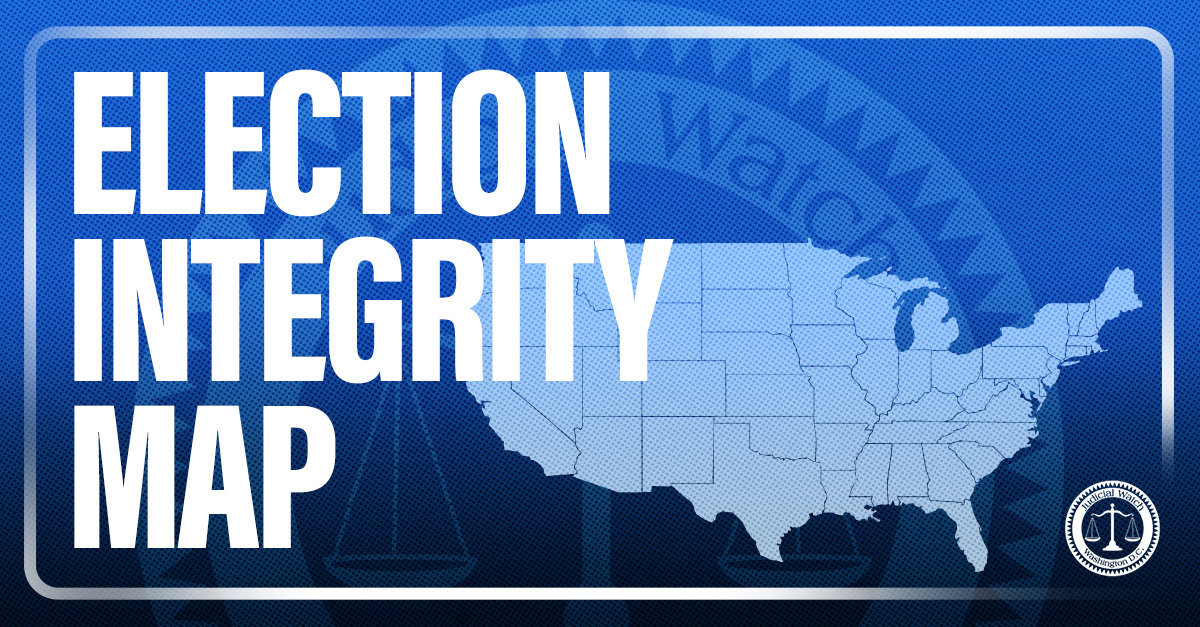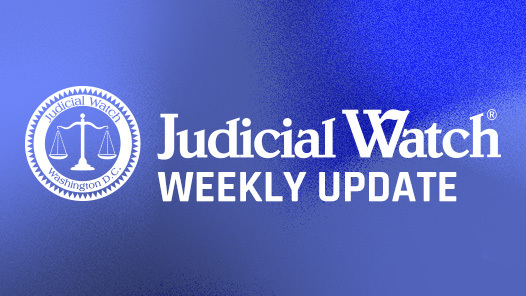
Mexican Drug Cartels “Seize Unprecedented Control” of Southwest Border
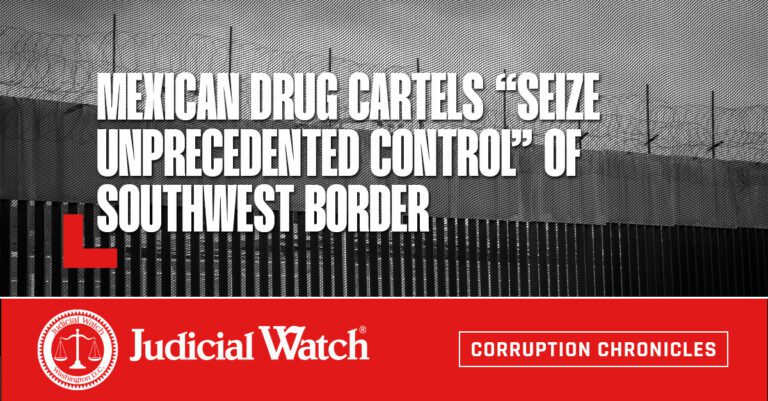
While the Biden administration and its allies in the mainstream media highlight a reduction in illegal immigration since the termination of a Trump-era restriction known as Title 42, Mexican drug cartels have seized unprecedented control of the nation’s southwest border. The president’s reckless open border policies have greatly facilitated the business model of Transnational Criminal Organizations (TCOs) operating in the region and throughout the United States, according to congressional testimony delivered recently by federal sources in counterterrorism, intelligence and drug enforcement.
The hearing, held last week by the House Committee on Homeland Security, exposed information that helps illustrate how the Biden administration has “threatened our national security and the safety of every American” with its negligent border policies. This includes ending a Trump measure known as Migrant Protection Protocols (“Remain in Mexico”) which made illegal immigrants wait in Mexico—rather than in the U.S.—for asylum hearings that could take years. Refusing to finish a border barrier system has also contributed to the crisis as has the implementation of mass catch and release of migrants and failing to properly vet Unaccompanied Alien Children (UAC) or their sponsors. TCOs have capitalized on the weaknesses, according to evidence provided at the hearing. “The cartels have essentially taken over,” said House Committee on Homeland Security Chairman Mark E. Green, a medical doctor and Republican congressman from Tennessee.
Green reminded the panel that Attorney General Merrick Garland has admitted to the Senate that the cartels’ strategy is to tie up the Border Patrol by flooding it because the agency is practicing a catch-and-release system, allowing drug cartels to slip people into the country. The foreign criminal enterprises operate in cities throughout nation with the help of U.S.-based street gangs that have overrun American communities with drugs, according to Jaeson Jones, a former captain of intelligence and counterterrorism at the Texas Department of Public Safety. Jones testified that cartels have highly effective systems that include pushing hundreds of migrants to one location as a distraction to open a route elsewhere after local, state and federal law enforcement resources are deployed to the location flooded by illegal immigrants. They also utilize a reliable network of scouts that operates like an organized law enforcement agency to document border activity and U.S. agents around the clock. The lookouts have eight, 10 and 12-hour shifts and are equipped with encrypted radios to communicate with cartel bosses. “I’ve seen them in South Texas as far as 30 miles into the United States,” Jones said. “I have seen them in Arizona as far as 70 miles.”
Days earlier at a separate and equally alarming congressional hearing largely ignored by the media, law enforcement sources confirmed that Mexican TCOs are successfully smuggling mass quantities of deadly illicit fentanyl past Border Patrol agents and Customs and Border Protection (CBP) officers into the U.S. The criminal enterprises are not just surreptitiously bringing loads in at land crossings, they are also using drones for smaller stashes that boost billions of dollars in profits. Though federal agents are seizing “unbelievable volumes of fentanyl,” huge amounts are still getting through and authorities cannot accurately track how much. “The challenge with something like fentanyl is it being synthetic—there’s no agriculture-based place to get an initial estimate,” said James Mandryck, a CBP deputy assistant intelligence commissioner. “So unlike cocaine or marijuana, where we can kind of do an oversight to see general cultivation estimates, we can’t do that with synthetics like fentanyl or methamphetamine.”
The recent congressional hearings documenting how Mexican TCOs have taken over the southwest border come on the heels of equally chilling news in the region, that a record number of suspected terrorists have been caught trying to enter the U.S. through Mexico. Last month Judicial Watch reported that an unprecedented number of foreigners who appear on the Federal Bureau of Investigation’s (FBI) terror watchlist known as the Terrorist Screening Database (TSDB) have been apprehended by Border Patrol agents this fiscal year. The TSDB contains thousands of records that are updated daily and shared with federal state, local, territorial, and tribal law enforcement as well as the intelligence community and international partners to “ensure that individuals with links to terrorism are appropriately screened,” according to the FBI. The latest available figure at the time of our report was more than the total terrorists caught in four previous years—2017, 2018, 2019 and 2020 combined. The number has since increased, according to the latest government stats and will likely grow before the end of the fiscal year on September 30.
Circling back to Mexican TCOs, the U.S. government has long assessed that they are the greatest criminal threat to the country. Nine Mexican TCOs have the greatest drug trafficking impact on the U.S., according to the Drug Enforcement Administration (DEA). Among them are the Sinaloa and Juárez cartels, Los Zetas, La Familia Michoacána, Los Rojos and Guerreros Unidos. The TCOs maintain drug distribution cells in cities across the U.S. that report to leaders in Mexico and dominate the nation’s drug market.











